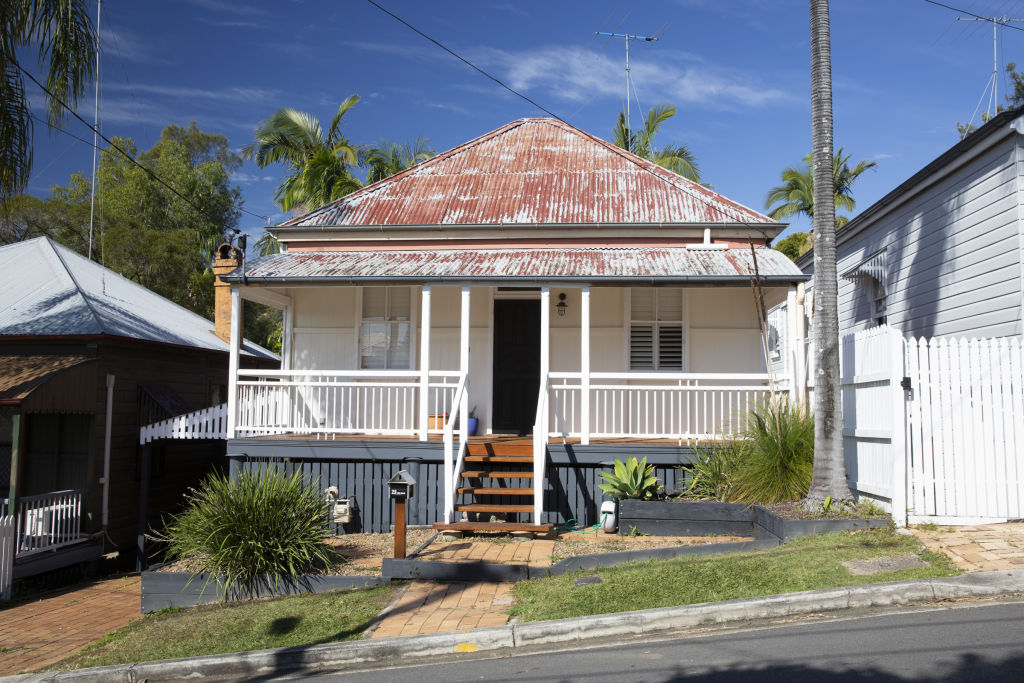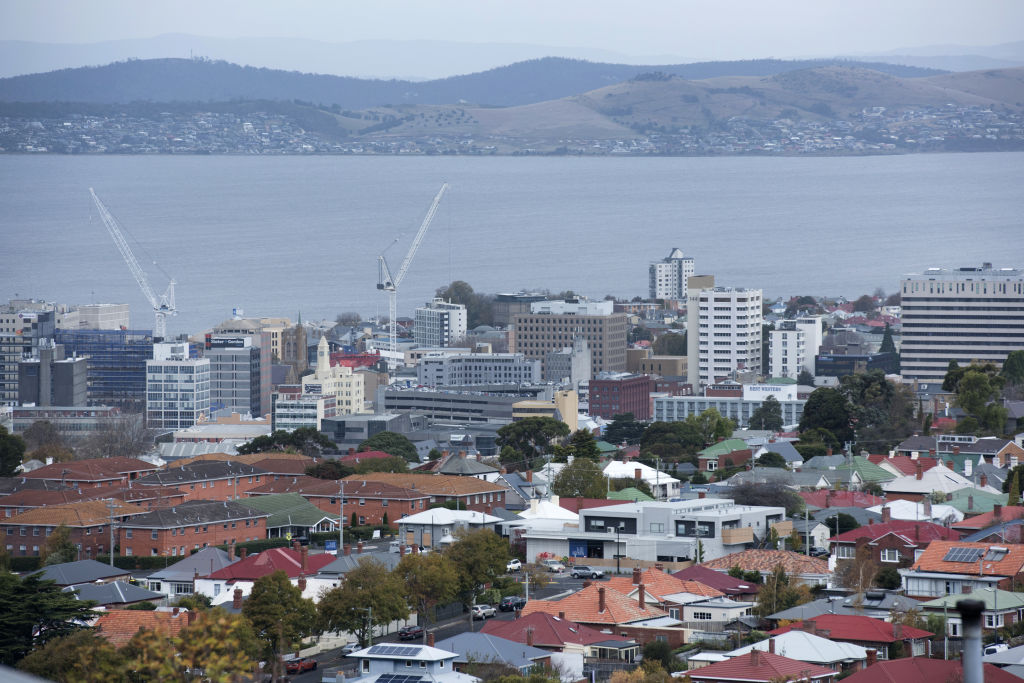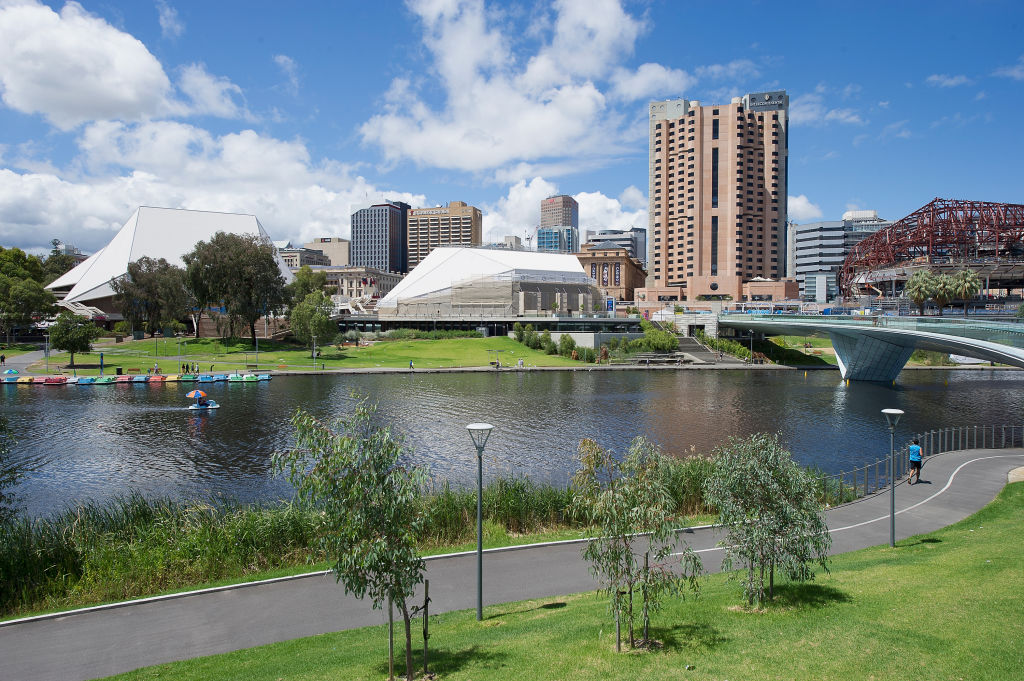House price downturn spreads from Sydney and Melbourne to affordable Adelaide and Hobart

The housing downturn has spread around the country, with all capital cities recording dwelling price falls during the March quarter.
Prices slumped nearly 4 per cent in the once white-hot Sydney and Melbourne markets but also inched lower in relatively resilient and affordable capitals such as Adelaide and Hobart, official figures from the Australian Bureau of Statistics released on Tuesday show.
A bank clampdown on lending and uncertainty ahead of the federal election had been weighing on sentiment, although confidence has lifted more recently on the back of an interest rate cut, a plan to let buyers borrow more money and the clear election result.
“These results are in line with soft housing market indicators, with sales transactions and auction clearance rates lower than one year ago, and days on market trending higher,” Australian Bureau of Statistics chief economist Bruce Hockman said.
“A continuation of tight credit supply and reduced demand from investors and owner-occupiers has contributed to weakness in property prices in all capital cities this quarter.”

Dwelling prices fell most in Sydney, down 3.9 per cent, followed by a 3.8 per cent dip in Melbourne. The two cities have been coming off the boil after a five-year bull run that peaked in 2017.
Hobart dipped 0.4 per cent, its first quarterly fall since the September quarter 2012. The city boomed as east coast buyers chased more affordable options but has succumbed to the widespread weakness.
Adelaide’s 0.2 per cent fall was its first drop in six years.
Price falls were also recorded in Brisbane (-1.5 per cent), Perth (-1.1 per cent), Canberra (-0.9 per cent) and Darwin (-1.8 per cent).
Domain economist Trent Wiltshire said national factors had been weighing on housing prices, such as tighter lending conditions and pre-election uncertainty about Labor’s proposed changes to negative gearing and capital gains tax breaks.
Even the Hobart boom had ended, with houses taking longer to sell, he said.
Sentiment now appeared set to pick up around the country, but to varying degrees, with open for inspection attendance already up in all states post-election except SA, the ACT and NT on Homepass figures.
“Investor activity is probably more volatile and it’s more concentrated in Sydney and Melbourne. There might be a bit more of a bounce there,” he said.
“Lower interest rates – again a national factor – will impact all markets.”

Ray White chairman Brian White tipped the housing market to have bottomed at the same time as the federal election.
“The change in attitude since then has been significant,” he said. “We’re finding increasing numbers of people attending our auctions.
“When they start thinking about the market one of the first things they do is attend auctions – not necessarily to bid on that property … buyers are keen to get a feeling of whether the market is going to generally improve.”
The Agency chief executive Matt Lahood said uncertainty over lending had been a big issue for buyers.
In the past, for example, an auction might feature two bidders who had sold their own house already and an extra two who would have to sell if they bought, he said.
But with potential buyers nervous about selling their own house or getting the finance they need, those extra bidders were not turning up, reducing competition.
“Buyer sentiment was definitely negative,” he said. “[It’s] far superior since the election.
“The markets that are closer to the CBD, they’ve bounced back really quickly.”
During the quarter, the total value of Australia’s housing stock fell by $172.7 billion to $6.6 trillion, the ABS said.
The mean price of an Australian dwelling is now $636,900.
Previous Domain figures put the March quarter slump at 3.1 per cent for Sydney houses and 2 per cent for Sydney units, with Melbourne houses falling 2.4 per cent and units down 2.9 per cent.
We recommend
We thought you might like
States
Capital Cities
Capital Cities - Rentals
Popular Areas
Allhomes
More







